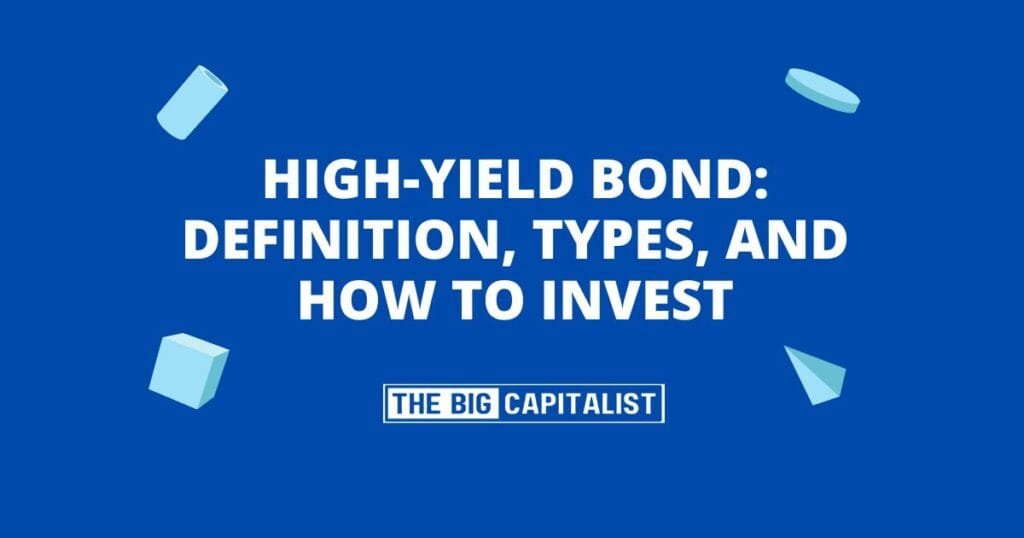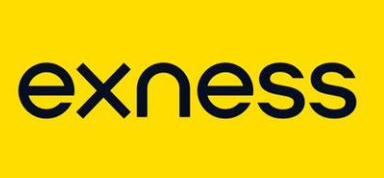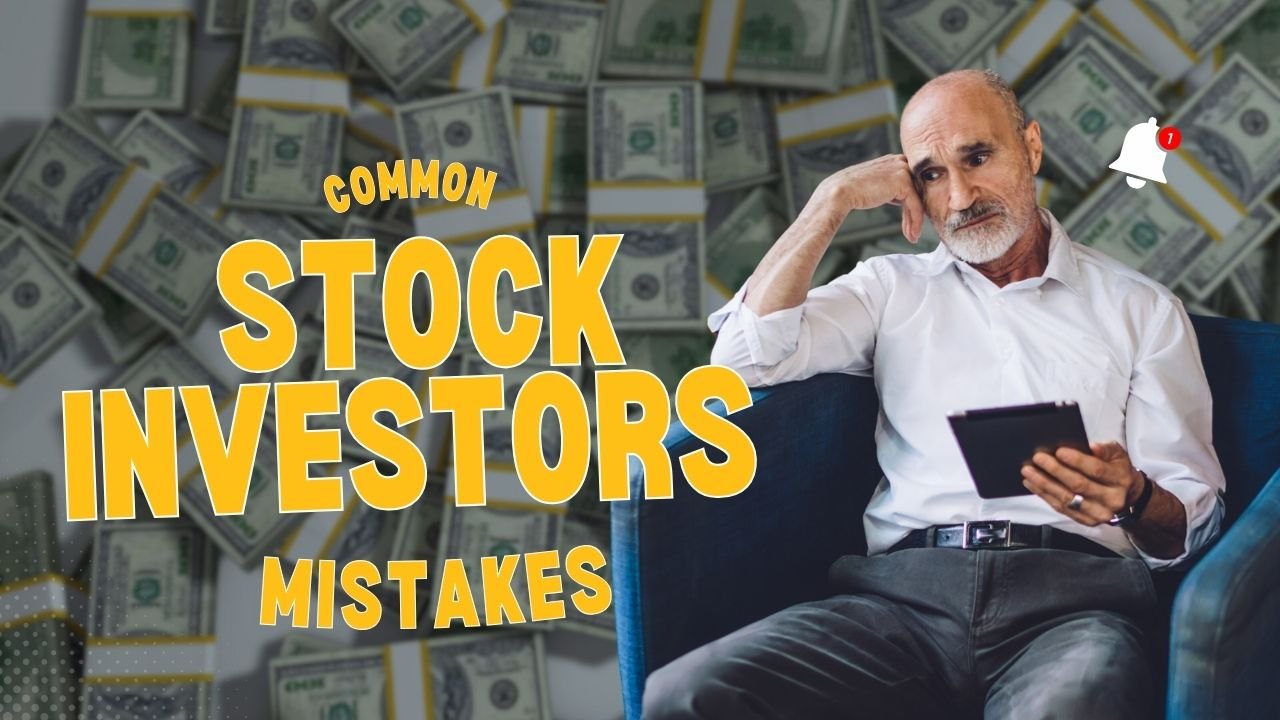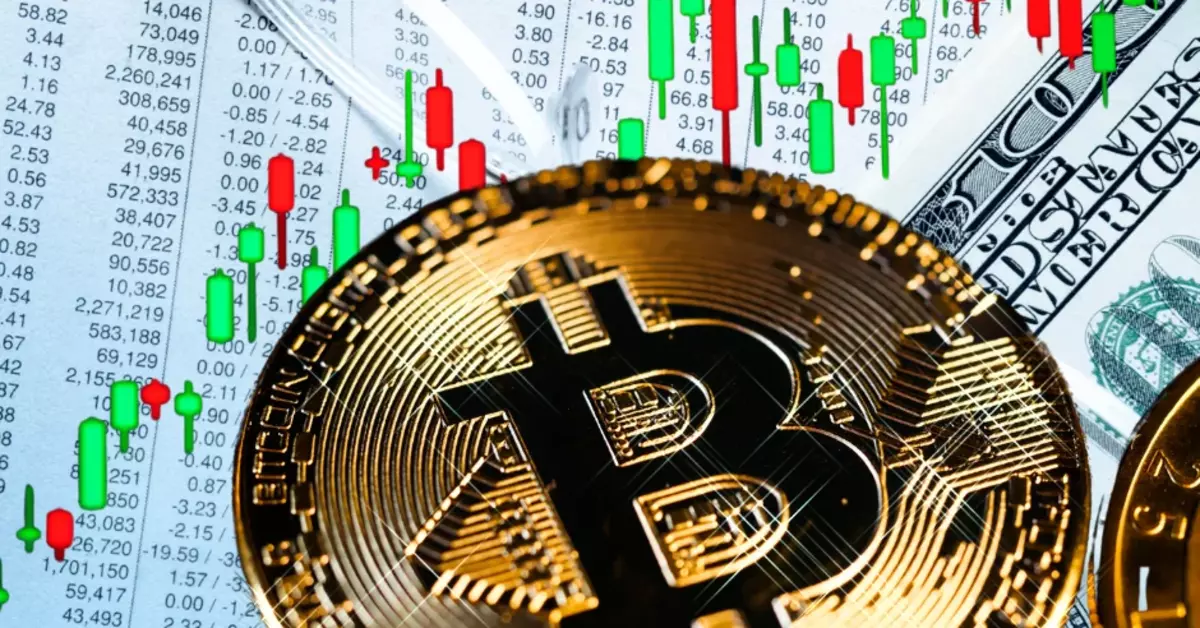The High-Yield Bond definition often includes referring to them as “junk bonds,” which are bonds that offer higher interest rates due to their lower credit ratings. These bonds are issued by companies or governments without an investment-grade rating. This means they are considered riskier than high-grade bonds.
The Yield Curve and Fixed Income
The yield curve is a graph that shows how interest rates relate to the maturity of debt securities. High-yield bonds often sit at the higher end of the yield curve because they offer greater returns to compensate for their increased risk. Fixed income refers to investments that provide returns in the form of regular, fixed payments, such as bonds.
Types of High-Yield Bonds
High-yield bonds come in various forms, each with its own characteristics and risks. Understanding these types can help you decide which might fit your investment strategy.
Corporate Bonds
Corporate bonds are issued by companies seeking to raise capital. High-yield corporate bonds come from companies with lower credit ratings. They offer higher interest rates to attract investors. These bonds can be a good option if you believe a company will improve its financial position over time.
Municipal Bonds
Municipal bonds are issued by states, municipalities, or counties to fund public projects. Municipal bonds are usually safer than corporate bonds. However, some municipal bonds can be high-yield. This happens if the issuer has a lower credit rating. These bonds can provide tax benefits. The interest earned is usually exempt from federal income tax. Sometimes, it is also exempt from state and local taxes.
Sovereign Bonds
Sovereign bonds are issued by national governments. High-yield sovereign bonds are typically issued by countries with unstable political or economic environments. Investing in these bonds can be profitable. However, it also comes with high risks. This is due to possible default or currency devaluation.
Convertible Bonds
Convertible bonds let you change the bond into a set number of shares of the company’s stock. While these can provide added potential for profit, they also carry the risk of stock market volatility.
How to Invest in High-Yield Bonds
Investing in high-yield bonds requires careful consideration and strategy. Here are some steps to guide you:
Assess Your Risk Tolerance
Before investing in high-yield bonds, assess your risk tolerance. These bonds have higher risks than investment-grade bonds. It’s important to decide how much risk you can handle. Consider factors such as your investment goals, time horizon, and financial situation.
Diversify Your Portfolio
Diversification is key to managing risk in any investment portfolio. By investing in a mix of high-yield bonds and other asset classes, such as equities and investment-grade bonds, you can reduce the overall risk of your portfolio while still aiming for higher returns.
Research and Analyze
Conduct thorough research on the high-yield bonds you’re considering. Look into the issuer’s financial health, credit ratings, and the specific terms of the bond. Understanding what can impact the issuer’s ability to pay its debts will help you make better choices.
Use Bond Funds and ETFs
If you’re new to high-yield bonds or prefer a hands-off approach, consider investing in bond funds or exchange-traded funds (ETFs) that focus on high-yield bonds. These investment vehicles pool money from multiple investors to purchase a diversified portfolio of bonds, reducing individual risk and providing professional management.
Monitor Economic Indicators
Stay informed about economic indicators that can impact the bond market, such as interest rates, inflation, and changes in government policy. These factors can affect the yield curve and the performance of high-yield bonds.
Pros and Cons of High-Yield Bonds
Pros
- Higher Returns: High-yield bonds typically offer better returns compared to investment-grade bonds, which can be attractive to investors seeking income.
- Diversification Benefits: Adding high-yield bonds to your investment portfolio can enhance diversification, potentially reducing overall risk.
- Potential for Capital Appreciation: If the issuing company or government improves its financial standing, the bond’s credit rating may increase, leading to capital gains.
Cons
- Higher Risk: High-yield bonds have a higher risk of default than investment-grade bonds. This means you may not get your principal back.
- Interest Rate Sensitivity: High-yield bonds are sensitive to changes in interest rates, which can affect their market value.
- Market Volatility: These bonds can be more volatile than other fixed-income investments, leading to potential price fluctuations.
Conclusion
High-yield bonds can be a valuable addition to an investment portfolio for those willing to accept higher risks for the potential of greater returns. By learning about high-yield bonds and using a smart investment plan, you can make choices that match your financial goals
Remember to regularly check your risk tolerance. Diversify your investments and stay updated on market conditions. This will help you navigate the high-yield bond market effectively.
FAQ
What Are Junk Bonds?
Lower-rated debt securities that pay higher interest to offset their increased default risk.
How Do I Assess Their Risk?
Review credit ratings, issuer financial health, and the yield premium compared to safer bonds.
Should I Use Funds or ETFs?
Funds/ETFs offer instant diversification but charge management fees that can reduce returns.
















